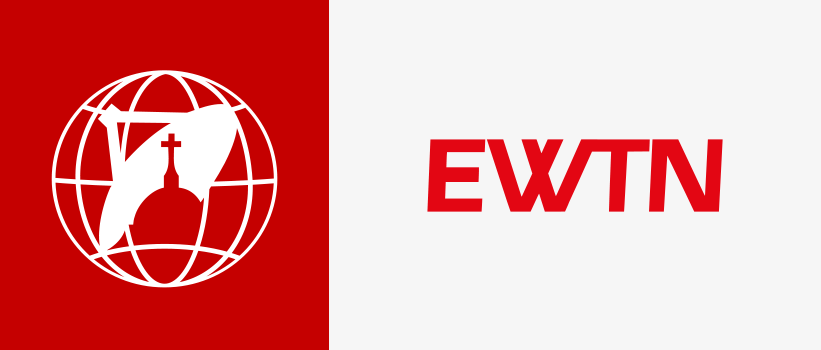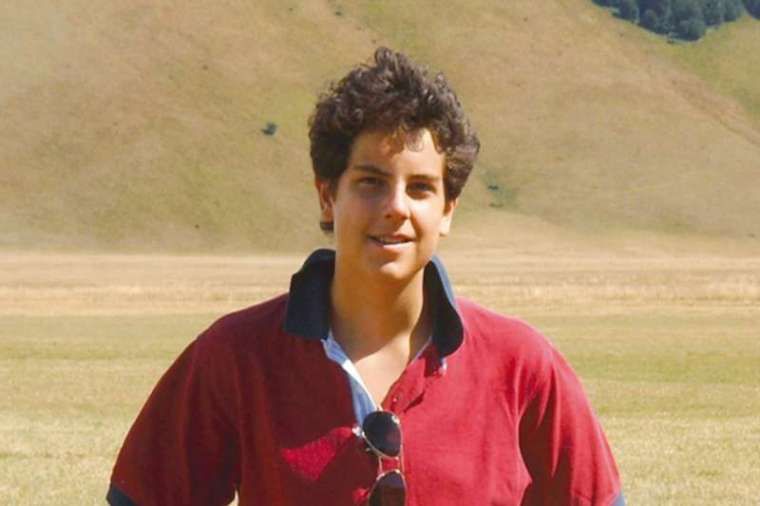Rome Newsroom, May 23, 2024 / 06:22 am (CNA).
Pope Francis has recognized a miracle attributed to the intercession of Blessed Carlo Acutis, paving the way for him to become the first Millennial saint.
The Italian computer-coding teenager who died of cancer in 2006 is known for his great devotion to the Real Presence of Jesus in the Eucharist.
The recognition of the second miracle attributed to Acutis’ intercession makes it possible that Acutis could be canonized during the Catholic Church’s 2025 Jubilee Year.
In a decree on May 23, Pope Francis approved the miraculous healing of a 21-year-old girl from Costa Rica named Valeria Valverde who was near death after seriously injuring her head in a bicycle accident while studying in Florence in 2022.
After the girl underwent an emergency craniotomy to reduce intracranial pressure, the family was told that her situation was very critical and that she could die at any moment, according to the Vatican’s Dicastery for the Causes of Saints.
Six days after the accident, Valeria’s mother went on a pilgrimage to Assisi to pray for the healing of her daughter at the tomb of Blessed Carlo Acutis, leaving a written note.
On that same day, Valeria began to breathe on her own and on the following day she recovered the use of her upper limbs and partly recovered her speech.
Valeria was discharged from the intensive care unit 10 days after her mother’s pilgrimage and underwent further tests that showed that the hemorrhagic right temporal cortical contusion in her brain had completely disappeared.
Contrary to medical predictions, Valeria spent only one week in physical therapy and on Sept. 2, 2022, two months after her accident, she went on a pilgrimage to Carlo Acutis’ tomb in Assisi with her mother to celebrate her complete healing.
The first Millennial saint
Born in 1991, Acutis is the first millennial to be beatified by the Catholic Church.
Shortly after his First Communion at the age of seven, Carlo told his mother: “To always be united to Jesus: this is my life plan.” To accomplish this, Carlo sought to attend daily Mass as often as possible at the parish church across the street from his elementary school in Milan.
Carlo called the Eucharist “my highway to heaven” and he did all in his power to make this presence known. His witness inspired his own parents to return to practicing the Catholic faith and his Hindu au pair to convert and be baptized.
Carlo was a tech-savvy kid who loved computers, animals, and video games. His spiritual director has recalled that Carlo was convinced that the evidence of Eucharistic miracles could be persuasive in helping people to realize that Jesus is present at every Mass.
Over the course of two and a half years, Carlo worked with his family to put together an exhibition on eucharistic miracles that premiered in 2005 during the Year of the Eucharist proclaimed by Pope John Paul II and has since gone on to be displayed at thousands of parishes on five continents.
Many of Carlo’s classmates, friends, and family members have testified how he brought them closer to God. Carlo was a very open person and was not shy to speak with his classmates and anyone he met about the things that he loved: the Mass, the presence of Jesus in the Eucharist, and heaven.
He is remembered for saying, “People who place themselves before the sun get a tan; people who place themselves before the Eucharist become saints.”
Carlo died at the age of 15 in 2006 shortly after being diagnosed with leukemia. Before he died, Carlo told his mother: “I offer all of my suffering to the Lord for the pope and for the Church in order not to go to purgatory but to go straight to heaven.”
Thousands of people visited Carlo’s tomb in Assisi following his beatification in the Basilica of St. Francis of Assisi on Oct. 10, 2020.
Archbishop Domenico Sorrentino of Assisi, who is currently in Rome for a meeting of the Italian bishops’ conference, welcomed the news that Acutis will be canonized.
“The Church in Assisi is in celebration,” he said. “I plan to arrive in Assisi this evening to thank the Lord in a Eucharistic celebration. But as of now I join the faithful who are in the shrine for a prayer of praise.”
“May the Lord continue his work through the witness of Blessed Carlo. May he obtain for us from the Lord the grace to love him as he loved him, especially in the Holy Eucharist.”




